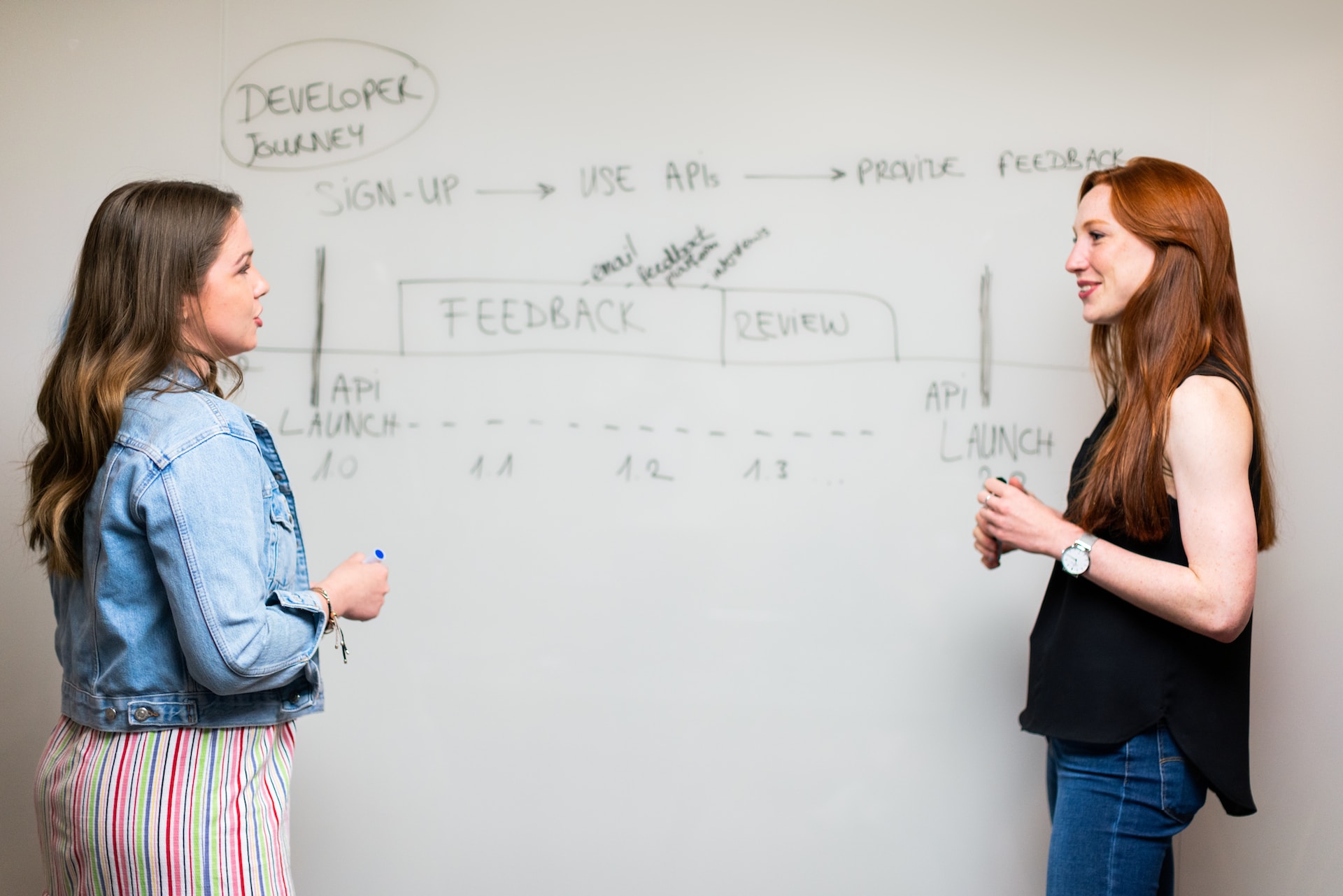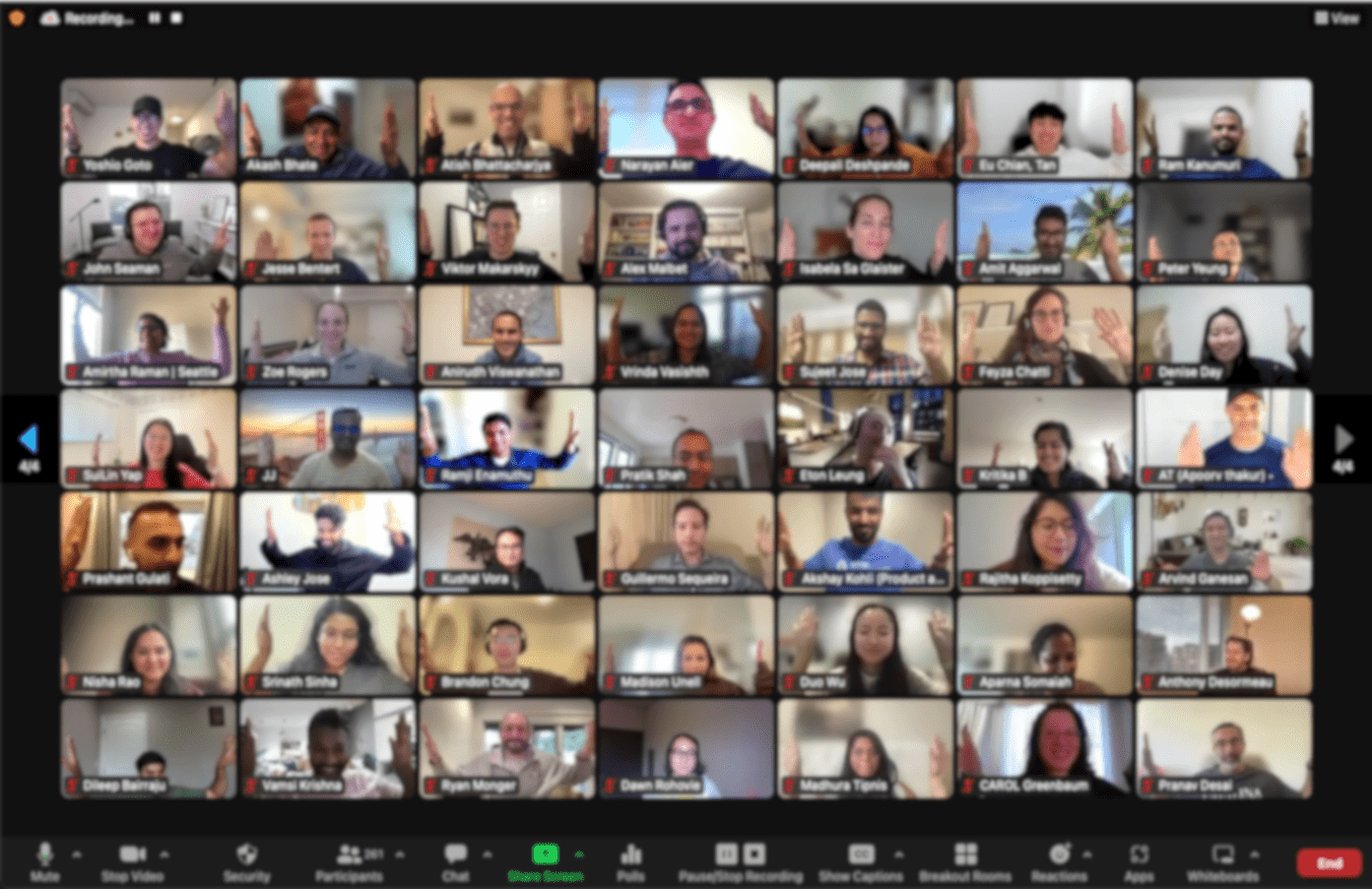Building Strong Relationships: The Key to Successful Collaboration
Understanding the Developer's Perspective
Key Developer Concerns
- Technical Complexity: Developers often deal with complex technical problems that require creative problem-solving skills and a deep understanding of the technologies involved.
- Time Constraints: Developers are frequently under pressure to deliver features and fixes on tight deadlines, making efficient time management crucial.
- Code Quality: Writing clean, maintainable code is a top priority for developers, as it reduces technical debt and ensures the long-term success of the product.
- Testing and Debugging: Thorough testing and debugging are essential for delivering a reliable, bug-free product to users.
Communication: The Foundation of Collaboration
Tips for Effective Communication
- Be Clear and Concise: Clearly articulate your requirements, objectives, and expectations to avoid confusion and misunderstandings.
- Listen Actively: Pay attention to the developer's input, ask clarifying questions, and acknowledge their concerns.
- Choose the Right Medium: Select the appropriate communication channel (e.g., email, instant messaging, or face-to-face meetings) based on the complexity and urgency of the information being conveyed.
- Be Responsive: Respond promptly to inquiries and requests for feedback to keep the development process moving forward.
Setting Expectations and Defining Roles
Role Clarity
- Product Manager: As the product manager, you are responsible for defining the product vision, setting priorities, and communicating requirements to the development team.
- Developers: Developers are responsible for translating product requirements into functional code, testing and debugging the product, and providing feedback on technical feasibility and implementation details.
Setting Expectations
- Establish Priorities: Clearly communicate the priorities of the project, including the most important features, deadlines, and milestones.
- Define Success Criteria: Clearly define what constitutes a successful outcome for each task or feature, including specific requirements and acceptance criteria.
- Provide Context: Help developers understand the rationale behind your decisions by providing context and explaining the broader business goals.
Collaborative Problem Solving: Tackling Challenges Together
Tips for Collaborative Problem Solving
- Involve Developers Early: Include developers in the planning and decision-making process to ensure that they understand the product vision and can provide valuable input on technical feasibility and implementation details.
- Be Open to Feedback: Encourage developers to share their ideas, concerns, and suggestions, and be open to reevaluating your own assumptions based on their input.
- Leverage Developer Expertise: Tap into the expertise of your development team by seeking their advice on technical challenges and potential solutions.
- Celebrate Successes: Recognize and celebrate the accomplishments of your team to foster a positive working environment and promote a sense of ownership and pride in the product.
Agile Methodologies: Embracing Flexibility and Adaptability
Key Agile Principles
- Iterative Development: Agile development focuses on delivering small, incremental improvements to the product, allowing for more frequent feedback and adjustments.
- Cross-Functional Teams: Agile teams typically include members from various disciplines, fostering collaboration and shared ownership of the product.
- Regular Communication: Agile practices, such as daily stand-up meetings and sprint reviews, encourage frequent communication and ensure that the team remains aligned and informed.
- Embracing Change: Agile methodologies prioritize flexibility and adaptability, allowing teams to respond quickly to changing requirements and market conditions.
Scrum Framework
- Product Owner: The product owner (often the product manager) is responsible for defining and prioritizing the product backlog, which includes user stories, features, and bug fixes.
- Scrum Master: The Scrum Master facilitates the Scrum process, ensures that the team adheres to Agile principles, and removes any obstacles that may impede progress.
- Sprints: Development work is organized into time-boxed iterations called sprints, typically lasting two to four weeks.
- Sprint Planning: At the beginning of each sprint, the team meets to discuss and plan the work that will be completed during the sprint.
- Daily Stand-ups: Short daily meetings where team members provide updates on their progress, discuss any obstacles, and coordinate their efforts.
Balancing Technical Debt and Product Priorities
Tips for Balancing Technical Debt
- Acknowledge the Importance: Recognize the impact of technical debt on your product's performance, maintainability, and future development efforts.
- Communicate with Stakeholders: Keep stakeholders informed about the need to address technical debt and its potential consequences if left unaddressed.
- Schedule Regular Maintenance: Allocate time for developers to work on addressing technical debt, such as refactoring code, updating dependencies, and improving documentation.
- Incorporate Debt Reduction in Planning: Include technical debt reduction tasks in your product roadmap and prioritize them alongside new features and bug fixes.
Fostering a Successful Partnership
Related Courses
Technical Foundations for Product Managers
Build confidence without getting lost in technical jargon 🔥Featured on Lenny's Newsletter🔥
Facilitation Finesse
Advance your leadership skills and guide your group with ease and confidence – no matter what happens.
Communication Engineering
Mindset, Frameworks, and Tools to create agreements and influence through effective and collaborative conversations.
Building Influence for Engineers and EMs
Learn the 3 key skills you need to be an impactful leader in your engineering org
B2B Sales Strategy for Startup Founders
Discover the secrets to influencing decision-makers and designing a pilot program that gets a YES. (Now in a one-day workshop).
Startup Leadership Unleashed
Founders and C-level startup executives: Master the communication systems & strategies to take your organization & team to the next level.
You might also like

Product Management Playbook: How to Scale with Killer Documentation

Building Strong Product Management and DevOps Collaboration

Best Product Management Courses in 2023

